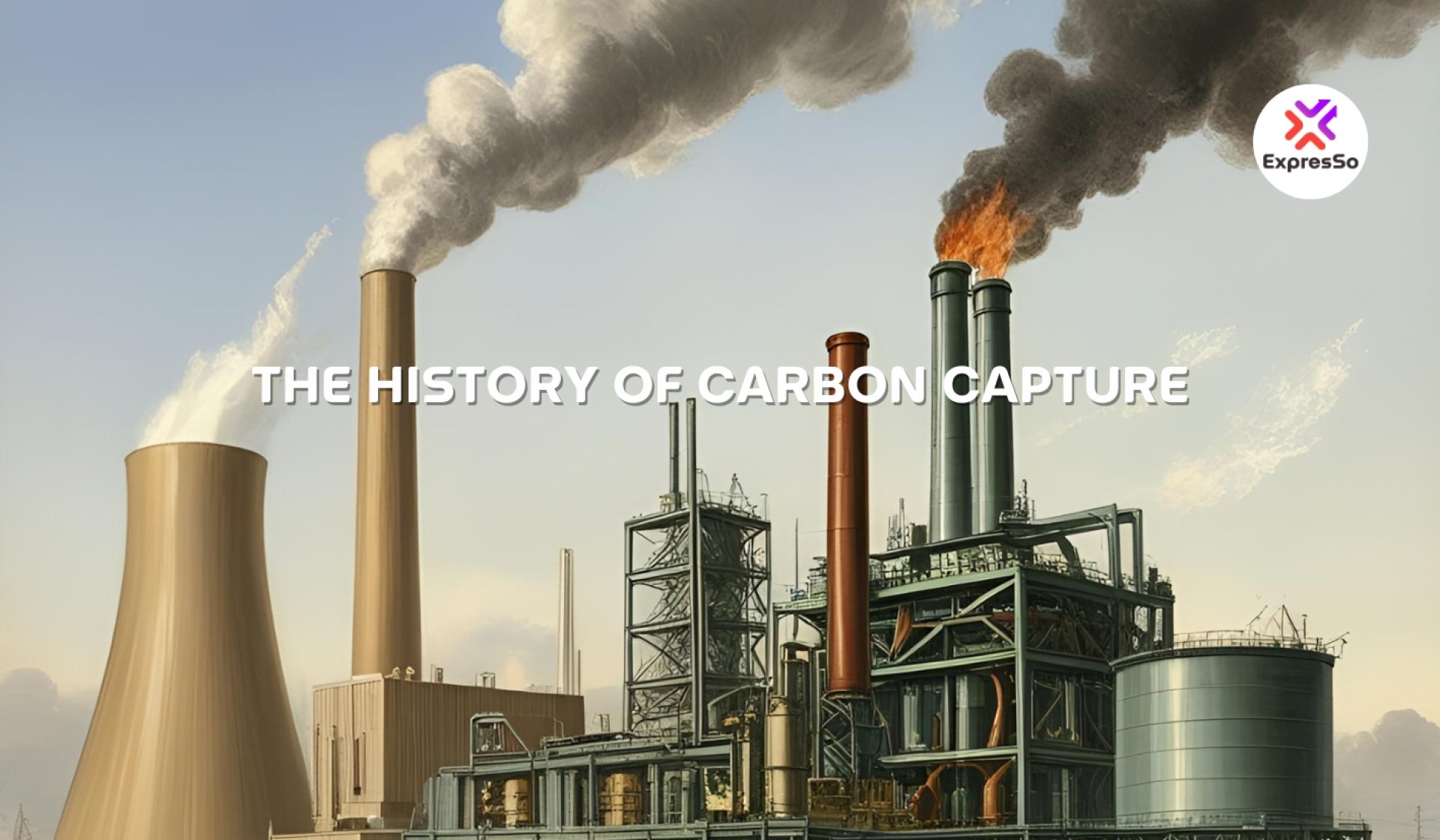Carbon Capture: A Game-Changer for Our Future

Early Use: Unintentional Carbon Storage (1972, Texas, USA)
The first known instance of CO2 storage occurred unintentionally in 1972 in Texas, USA. The process, known as enhanced oil recovery (EOR), involved injecting CO2 underground to increase oil extraction. While the primary goal was to boost oil production rather than store carbon, it demonstrated that CO2 could be successfully contained underground.
The First Large-Scale Carbon Storage Project (1996, Sleipner, Norway)
The first deliberate attempt to store CO2 on a large scale took place in 1996 at the Sleipner gas field in Norway. Operated by the energy company Equinor (formerly Statoil), this project aimed to reduce industrial emissions by capturing CO2 extracted from natural gas and injecting it deep beneath the North Sea. The Sleipner project marked a major milestone, proving that carbon capture and storage (CCS) was feasible on a commercial scale.
Kyoto Protocol and the Rise of CCS (1997-2000s)
The concept of CCS gained further recognition in 1997 during the Kyoto Protocol, an international treaty aimed at reducing greenhouse gas emissions. This agreement encouraged the development of CCS as a tool for mitigating emissions from industrial sources, particularly from power plants that burn coal and natural gas.
Throughout the 2000s, research and investment in CCS expanded, with several pilot projects and demonstration plants emerging worldwide. Countries such as Canada, the United States, and Australia began exploring CCS as part of their climate strategies.
The 2008 Financial Crisis and Setbacks
Despite progress, CCS development suffered a major setback during the 2008 global financial crisis. Many large-scale projects, including Spain's ambitious CCS program, were either canceled or put on hold due to financial constraints. The high cost of implementing CCS made it difficult to sustain without strong government support.
The Emergence of Negative Emissions Technologies (2010s-Present)
As the urgency to combat climate change increased, scientists and policymakers began exploring negative emissions technologies ---methods that remove CO2 from the atmosphere rather than just preventing its release. This led to the development of carbon dioxide removal (CDR) techniques, such as:
- Bioenergy with Carbon Capture and Storage (BECCS) - capturing CO2 from burning biomass.
- Direct Air Capture and Carbon Storage (DACCS) -removing CO2 directly from the atmosphere.
- Nature-based solutions - using forests, soil, and wetlands to absorb and store carbon.
Today, CCS and CDR are seen as crucial components in achieving global climate goals, particularly in industries that are difficult to decarbonize, such as cement, steel, and chemicals. Governments and companies continue to invest in carbon capture projects, but challenges such as high costs, scalability, and long-term storage risks remain key obstacles.
Looking Ahead: The Future of Carbon Capture
With advancements in technology, policy incentives like carbon pricing, and growing public awareness, CCS and CDR could play a significant role in reducing global CO2 emissions. However, their success will depend on continued investment, research, and international cooperation.
Reference : https://theconversation.com/carbon-capture-and-storage-how-to-remove-all-co-emissions-everywhere-all-at-once-250548


